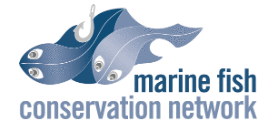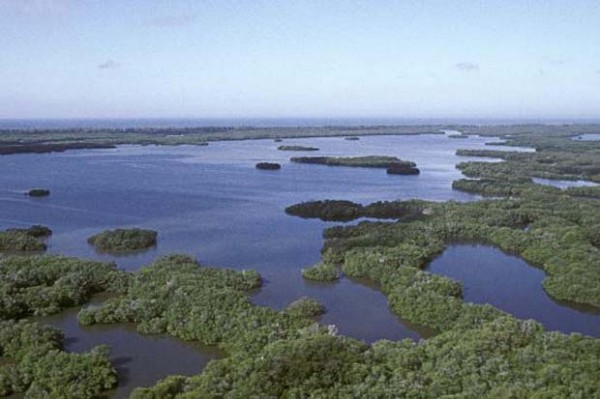15th CERP Anniversary Sees Another Everglades Estuary Dying
 [dropcap]T[/dropcap]wenty-plus years ago, while guiding on Florida Bay in Everglades National Park, I volunteered to take water samples for The Nature Conservancy. Guides like me were desperate to help any way we could. The Bay was in the midst of a fish-killing algae bloom that was fueled by a massive seagrass die-off. The grass died because of a lack of clean fresh water and extreme heat. The damage was so extensive and the public outcry so enormous that despite the tragedy I witnessed on my home waters, I took heart that our elected officials and government agencies would indeed restore the “River of Grass.”
[dropcap]T[/dropcap]wenty-plus years ago, while guiding on Florida Bay in Everglades National Park, I volunteered to take water samples for The Nature Conservancy. Guides like me were desperate to help any way we could. The Bay was in the midst of a fish-killing algae bloom that was fueled by a massive seagrass die-off. The grass died because of a lack of clean fresh water and extreme heat. The damage was so extensive and the public outcry so enormous that despite the tragedy I witnessed on my home waters, I took heart that our elected officials and government agencies would indeed restore the “River of Grass.”
Indeed, within a few years, in 2000 to be exact, Congress authorized the Comprehensive Everglades Restoration Plan (CERP). The plan was supposed to take 30 years to implement. To be fair, we have made progress. The Kissimmee River restoration is one of the largest and most successful of such projects in human history. But here we are, on CERP’s 15th anniversary—halftime along the 30-year timeline of project implementation—behind schedule and watching helplessly as our most iconic estuary follows others in the Everglades ecosystem toward oblivion.
 Panic sets in when hearing that Florida Bay, a body of water I’ve treasured since my childhood and have guided on since the late 1980s, is again on the verge of collapse.
Panic sets in when hearing that Florida Bay, a body of water I’ve treasured since my childhood and have guided on since the late 1980s, is again on the verge of collapse.
Collapse. I’m not being overly dramatic. That’s the word being used by eminent coastal scientists. So why aren’t the U.S. Congress, the Army Corps of Engineers, Florida Legislature, state water managers, and for that matter, all stakeholders coming to the rescue of this economic engine and world-class fishery? After all, much of the Bay is within Everglades National Park, one of America’s most iconic national parks. A World Heritage Site to boot, and one that the World Heritage Committee inscribed to the List of World Heritage in Danger, due to serious and continuing degradation of its ecosystem.


